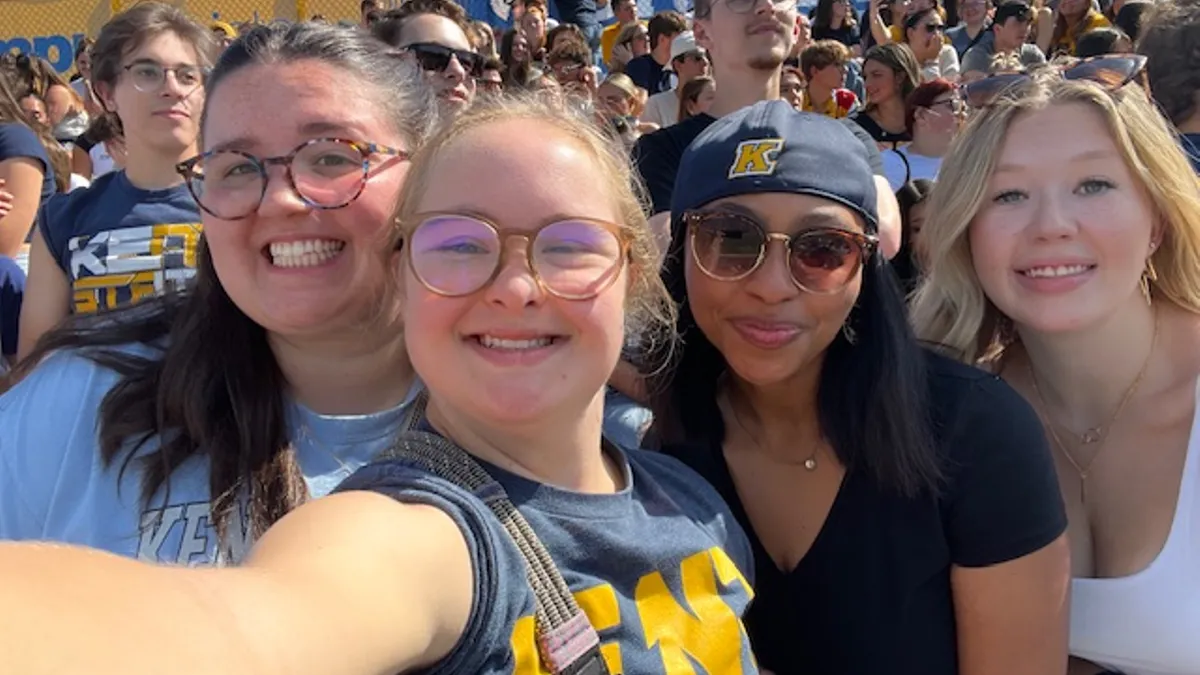President Barack Obama announced at the beginning of June that he wants to see 99% of U.S. students hooked up to the Internet via high-speed connections within the next five years. Getting to that point will require schools to communicate with the FCC, and in turn the FCC would need to revise its existing E-Rate program to provide better connectivity services at lower costs.
Right now, the consulting firm Funds for Learning wants to play an active role in shaping what E-Rate 2.0 looks like, and John Harrington, the company's CEO is meeting with educators at the 2013 International Society for Technology in Education conference in San Antonio to discuss exactly how E-Rate funding can evolve.
Education Dive caught up with Harrington to get his take on where E-Rate opportunities are headed. He agreed that Obama's stated connectivity goal would be formidable, but he also offered his perspective on what would need to happen to make the president's vision become a reality.
"For that to happen, we have to make sure that every dollar is spent in a way that makes the most sense," Harrington said. "You can't have a one-size-fits-all approach—which is what the current program has drifted into—and still achieve the president's goal."
The current E-Rate system is built around Internet technology from the late '90s, and Harrington believes that E-Rate funding should reflect the changes of the past decade. According to his company's research, costs have ballooned from $15-per-student to $50-per-student, with school needs varying according to existing internal versus external infrastructure.
Thus, Funds for Learning is pushing for E-Rate 2.0 to get a better handle on site-specific needs and provide flexibility with fund uses accordingly.
"For example, if it was just going to support connections to the buildings, you would not necessarily see every student be connected in five years," Harrington said. (You can read the full proposal on FundsforLearning.com.) "Some students are in a brand new school building, and the dollars that are going to them don't need to be for infrastructure that they already have. Some schools already have the wide-area network that they need, so the dollars going to them don't need to be designated for a wide-area network."
For now, Harrington's firm is gathering information from schools about what their specific needs entail, and he plans on sharing those needs directly with the FCC. As early as this winter, he hopes to see the FCC begin taking new E-Rate applications from schools, and then by next July, schools should actually begin to see money arrive to begin improvements.
So what does the FCC need to change? If you ask Harrington, the answer lies in flexibility and availability of funds to meet needs that he says have tripled in cost (See the chart below).
"If you want to stretch the dollars as far as you can, you want to rely on the local schools to prioritize where they need it most," Harrington explained. "I think if you do that you can get a long way toward [President Obama's] goal."

(Image credit: Funds for Learning)
Would you like to see more education news like this in your inbox on a daily basis? Subscribe to our Education Dive email newsletter! You may also want to read Education Dive's look at four iPad challenges and four rewards schools need to know about.









